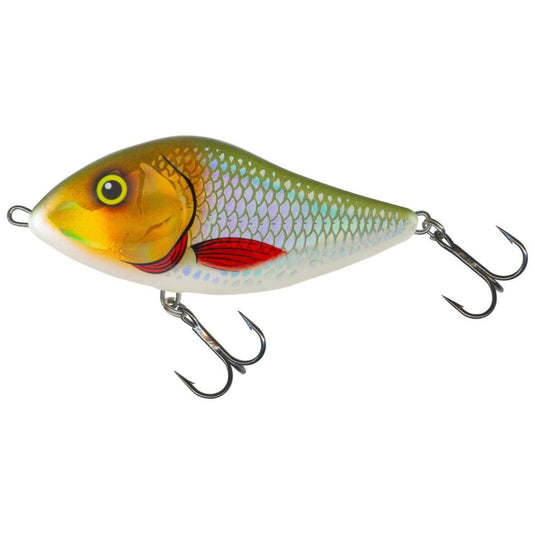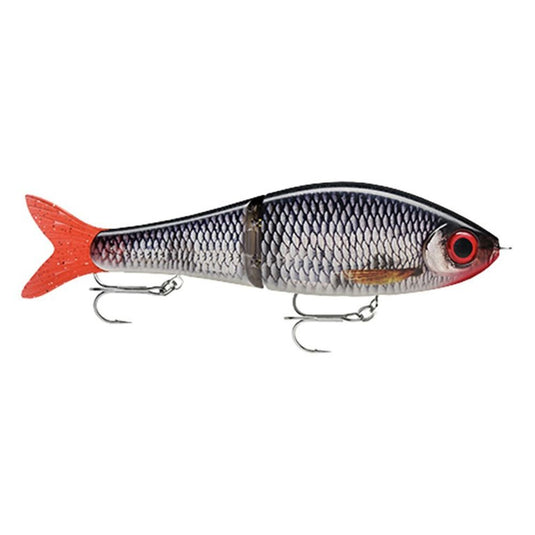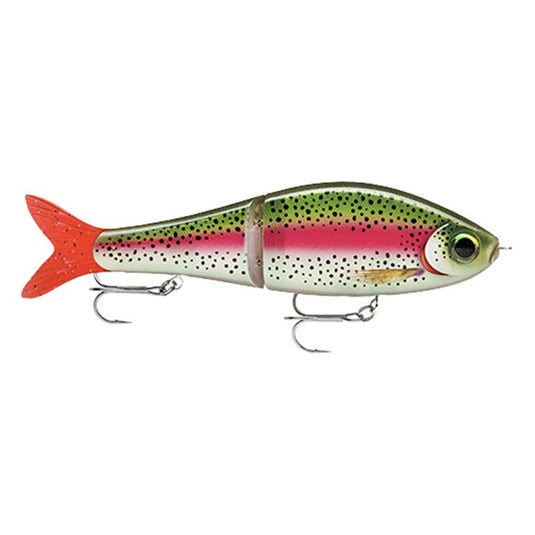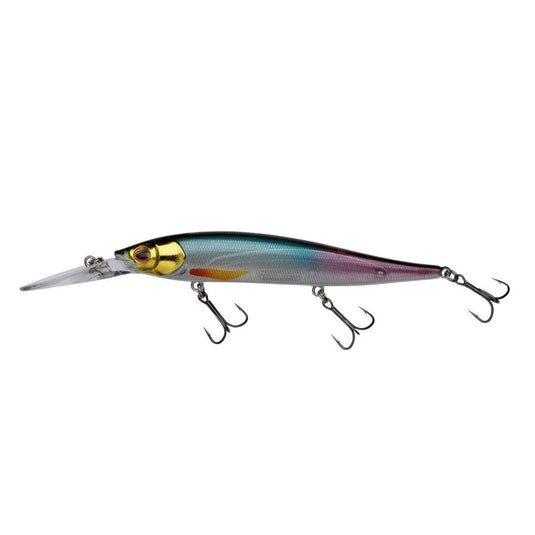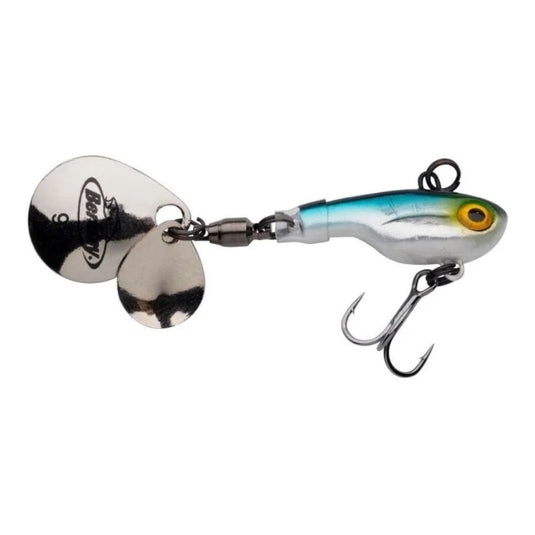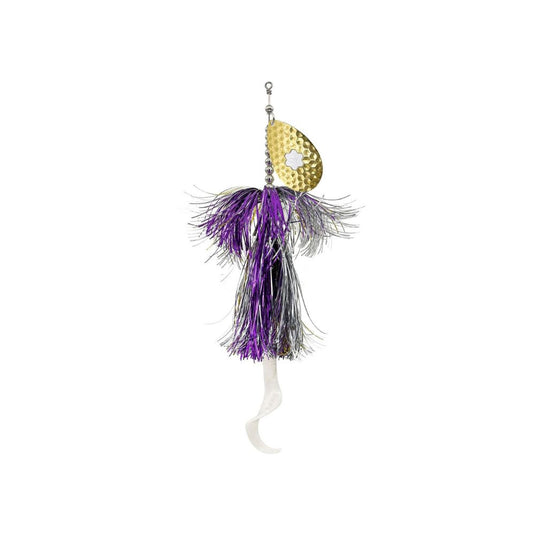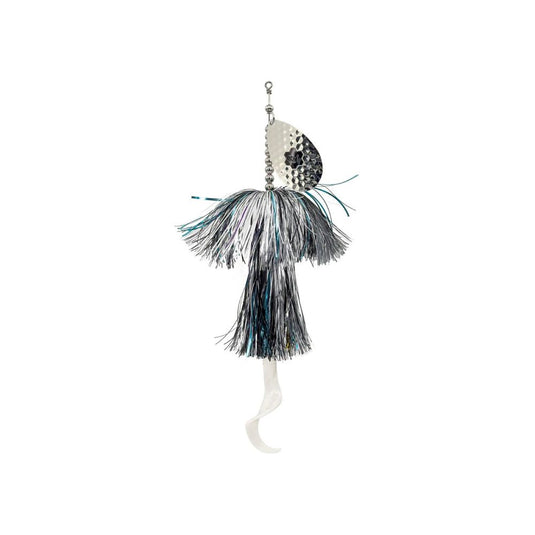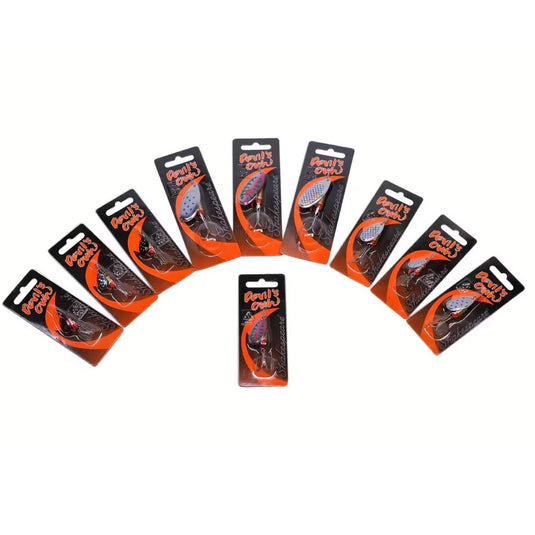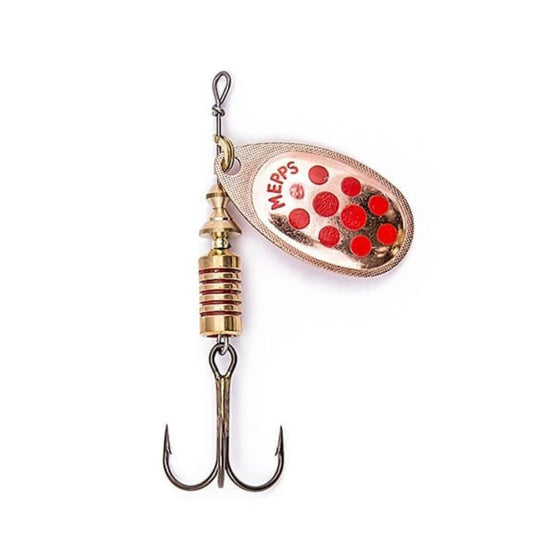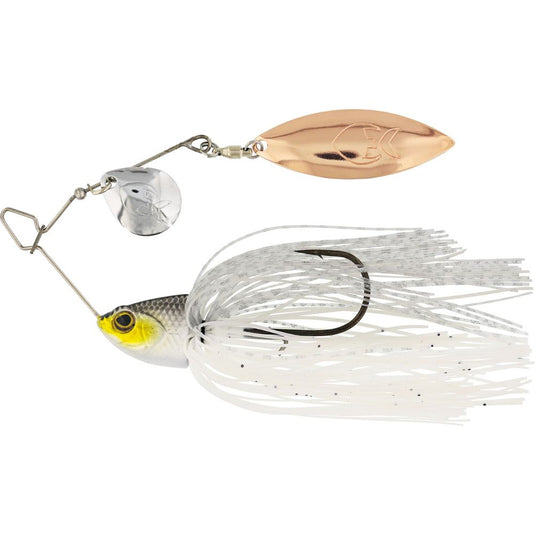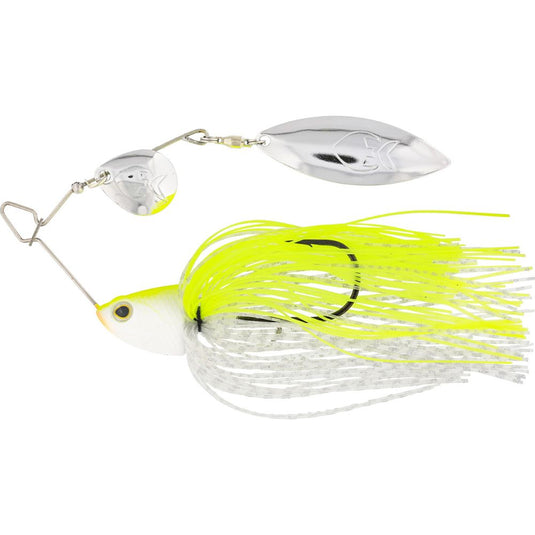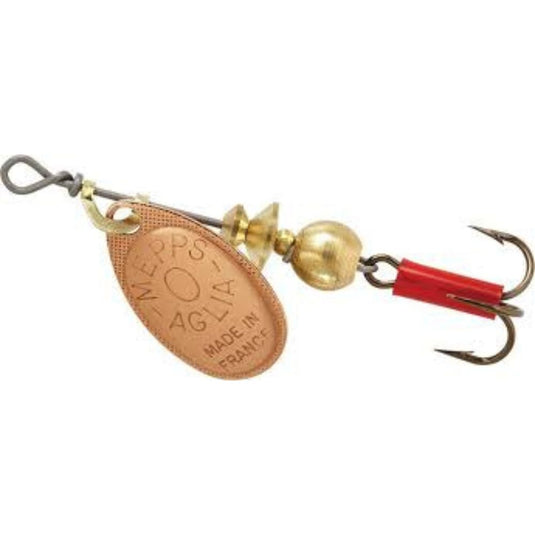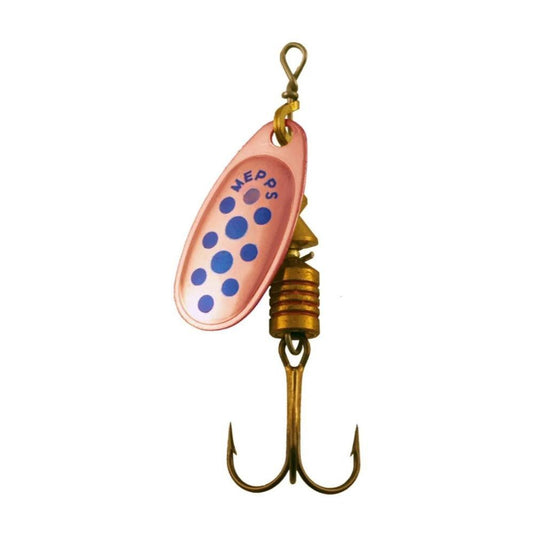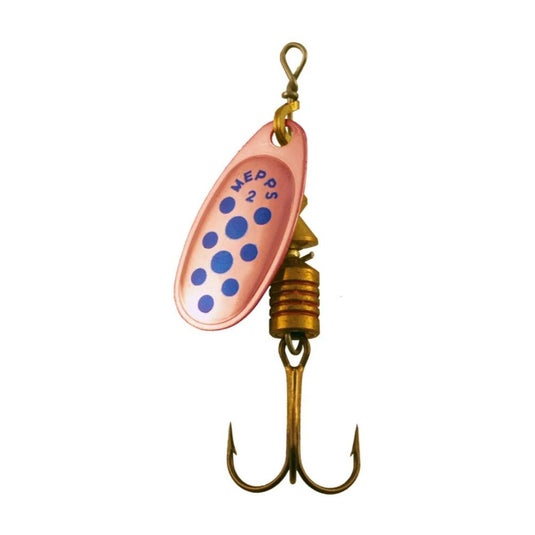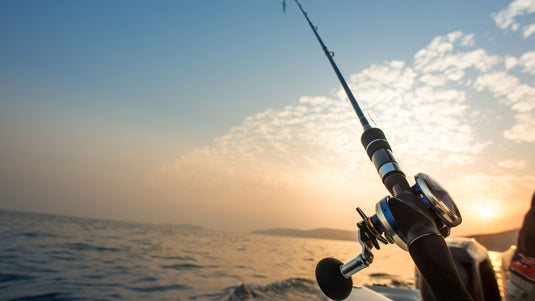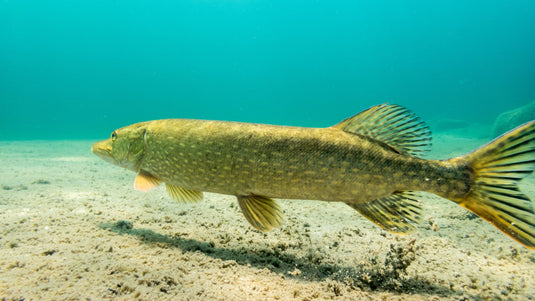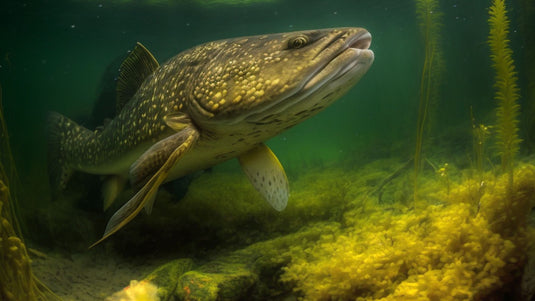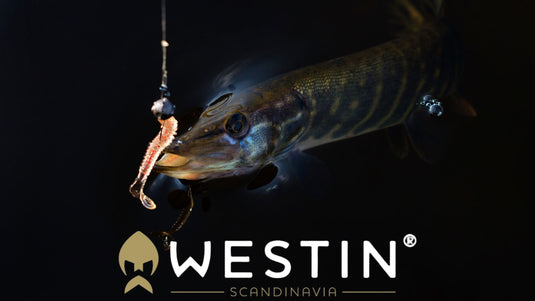Best Pike Lure Colors: Unlocking the Right Color for Big Pike
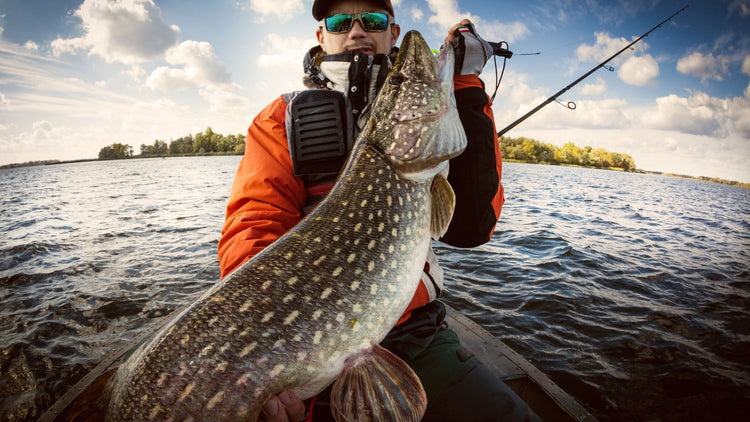
Best Pike Lure Colours & When to use them
Choosing the right color for your pike lures can have a significant impact on your success when targeting these fierce predators. While pike are aggressive and often strike out of instinct, the color of your lure can help you stand out in various water conditions and make your bait look more like the real thing. Whether you’re fishing in clear water, murky lakes, or weedy environments, understanding how pike perceive colors can give you an edge. Here’s a breakdown of the best pike lure colors and when to use them.
1. Bright Colors (Chartreuse, Orange, and Yellow)
Best for: Murky, Stained Water or Low-Light Conditions
Bright colors like chartreuse, fluorescent orange, and neon yellow are excellent choices in conditions where visibility is poor. These colors stand out in stained or muddy water, helping your lure get noticed by pike, even from a distance. They also work well during cloudy days, early mornings, or late evenings when light penetration is low.
Why it works: Pike are visual hunters, and in murky waters, their ability to detect subtle colors diminishes. Bright, flashy colors grab their attention and imitate distressed or highly visible prey, triggering an instinctive strike.
Top Situations:
- Heavily stained or muddy lakes and rivers
- Overcast or low-light days
- Weedy areas where a lure needs to stand out
2. Natural Colors (Silver, White, and Perch Patterns)
Best for: Clear Water and Bright, Sunny Days
In clear water, pike can be more selective and cautious, making natural colors the best choice. Lures that mimic common prey fish such as perch or shad in natural colors (silver, white, gold, or greenish hues) tend to produce better results. These colors blend in with the environment and look like the real prey pike are accustomed to hunting.
Why it works: When the water is clear, pike rely heavily on their eyesight, and they can easily detect unnatural colors. Natural patterns like perch or baitfish will trigger strikes because they closely resemble what pike are used to feeding on.
Top Situations:
- Crystal-clear lakes and rivers
- Sunny, bright days where visibility is high
- Targeting pressured pike that may shy away from overly bold colors
3. Red and Fire Tiger Patterns
Best for: Moderate Clarity Water and Aggressive Pike
Red and "Fire Tiger" (a bold mix of green, yellow, orange, and black stripes) patterns are excellent for times when you need to provoke an aggressive response from pike. The fire tiger pattern, in particular, is a classic for pike fishing because it stands out in a range of water conditions and imitates prey in distress, which pike love to chase.
Why it works: These colors provide a nice balance between being highly visible and resembling natural baitfish in moderate clarity. They also trigger aggression, making them effective for pike that are on the hunt or protecting territory.
Top Situations:
- Slightly stained water with moderate clarity
- When pike are particularly aggressive, such as in the spring or fall
- During periods when pike are actively hunting near structures or weed beds
4. Gold and Black (Contrasting Colors)
Best for: Dusk, Dawn, or Overcast Days
Gold and black are great contrasting colors that work well in low-light conditions, such as early mornings, late evenings, or when fishing under heavy cloud cover. Black creates a sharp silhouette against the water surface, while gold flashes and mimics baitfish scales.
Why it works: Pike have excellent vision in dim conditions, and contrasting colors like black and gold create a distinct outline in these situations, making it easier for pike to locate the lure. Gold’s reflective surface mimics the flash of a real fish, while black provides a clear profile, especially against lighter backgrounds like the sky.
Top Situations:
- Dawn and dusk fishing when pike are hunting near the surface
- Overcast days with reduced visibility
- Areas with high contrast between light and dark, such as shadowy weed beds or rocky structures
5. Blue and Silver
Best for: Clear, Deep Water and Sunny Days
Blue and silver lures work exceptionally well in deep, clear waters where pike can spot prey from a distance. These colors mimic species like shad, herring which are common prey for pike in many freshwater environments. Blue and silver patterns are also highly reflective, making them visible in deeper water where sunlight penetrates.
Why it works: In deep, clear water, the reflective properties of silver and the subtlety of blue give your lure a realistic shimmer, similar to that of baitfish scales. Pike in clear water tend to be more cautious, so natural and subtle colors that reflect light help to make your lure look more like actual prey.
Top Situations:
- Deep, clear lakes or rivers
- Sunny, bright days when light penetrates deep into the water
- Areas where baitfish species like herring or shad are present
6. White and Red (Blood Patterns)
Best for: Triggering Aggressive Strikes
White and red lures mimic the appearance of an injured or bleeding fish, which is irresistible to a predatory pike. These colors simulate distress and vulnerability, making them effective in enticing aggressive strikes from nearby pike.
Why it works: Pike are opportunistic feeders and are especially drawn to signs of weakness in their prey. Lures with red "blood" accents, such as on the gills or belly, can trick pike into thinking they are seeing an easy, injured target.
Top Situations:
- Areas with high pike activity where they’re feeding aggressively
- Weedy environments where pike hunt for wounded prey
- Cooler water conditions when pike are most aggressive in the spring or fall
Conclusion
Choosing the right pike lure color is essential for maximizing your chances of success. Factors like water clarity, light conditions, and the type of prey in the area should all influence your decision. As a general rule of thumb, use bright colors like chartreuse and orange in murky water, natural colors like silver and perch patterns in clear water, and contrasting colors like black and gold in low-light situations. Don’t be afraid to experiment with different colors to see what the pike are responding to that day—often, switching colors can turn a slow day into an exciting one!
By having a selection of these top-performing colors in your tackle box, you'll be well-prepared for any pike fishing scenario, ensuring that you can trigger strikes whether you're in crystal-clear water or murky, weedy shallows.

















